Old Slains Castle stands as a rather stark, forgotten fragment on a rocky north-east promontory.
But despite being blown up with gunpowder 430 years ago, this Aberdeenshire ruin refuses to completely crumble.
Not to be confused with its famous fellow fortress – New Slains Castle – Old Slains lies five miles south, near Collieston.
Built in the 13th Century, it’s been around a lot longer than ‘New’ Slains, which was constructed in 1597 around an existing tower house.
And while New Slains has all the glitz and glamour, being widely acknowledged to have inspired Bram Stoker to write Dracula, the old version has a pretty cool story behind it, too.
Perched on a thin peninsula jutting out into the North Sea, it was originally the property of the Comyn, Earl of Buchan…
Old Slains Castle has links to Robert the Bruce
After the forfeiture of the Comyns in the 14th Century it was given to Sir Gilbert Hay by Robert the Bruce in recognition for his support against the English.
The Hay family then occupied the castle until it was blown up with gunpowder by King James VI in 1594 as revenge for their support of a Catholic rebellion.
Aberdeen Council had provided the gunpowder, pickaxes and other tools required to demolish Slains.
Two walls meeting at the southeast corner of the castle survived the explosion.
The Earl of Erroll, Francis Hay, eventually made peace with the King and returned to the area replacing the destroyed Old Slains Castle with the larger New Slains Castle, near Cruden Bay.
In 1595, Elizabeth Douglas, Countess of Erroll, hired masons to repair the building, but it was found to be well beyond saving.
Originally a five-storey oblong keep, with a wall defending the landward side added in the early 16th Century, today only two sections of wall remain, at around 25m in height.
Collapsing castle
The south-facing wall partially collapsed in May 1979, with 100 tons of rubble falling onto the road, partially burying a lorry.
In the 1950s, a three-storey house was built within the ruins by the Countess of Erroll, which, some might argue, is at odds with the castle and kills most views of it.
In my humble opinion, it’s quite misplaced!
Nevertheless, I often take a drive along to Old Slains, always becoming teenager-style excited when the ruin pops into sight.
It’s a tricky, potholed road down to the tiny hamlet, so ca’ canny as you go.
Evening trip to Old Slains Castle
My latest visit, just a few weeks ago, was in the evening, after a long, hot sunny day.
I’d brought my swimming gear, just in case.
The sun was dipping as I strolled up to the ruin, popping my head inside to snap photos of an old stone staircase.
Looking up, you can see what appears to be an old fireplace, a doorway or window, and some (possibly) cubby-holes.
I’m always boggled to see the house plonked right in front of the castle – how on earth did it get planning permission?
Inside it, apparently, is the stone crest that was once above the front door of New Slains Castle.
Hazardous wild swim spot
Once I’d had a thorough inspection of the ruin, I decided to climb down to the shore for a late swim.
High tide had long passed so conditions weren’t ideal, but I was determined.
Clambering down the slope was no mean feat. I don’t recommend it!
I spent a good 10 minutes navigating hogweed, thistles and nettles – and these plants were growing in abundance.
When I finally reached the shore, I had to stagger across slippery rocks, some covered in seaweed. So it was a relief to finally make it into the sea without incident!
I swam until the sun disappeared, and my goodness, it was refreshing.
Sadly, as I was exiting, I scraped my ankle on a rock and shed blood – but I survived to tell the tale!
Puffin spotting
On my scramble back, I stopped to catch my breath and spotted, to my delight, a raft of puffins!
The cute seabirds are also known as ‘clowns of the sea’, with their beaks and feet turning bright orange in spring, in preparation for breeding.
I also spotted cormorants, razorbills, shags and seagulls.
Shipwreck story
Another fascinating story is that of a 16th Century ship that was wrecked a mile down the coast from Old Slains.
Ten cannons are known to have been recovered from the wreck site, raising speculation that the ship sailed with the Spanish Armada in 1588, or that it was a Spanish gun-runner.
Cruden Bay author and historian Mike Shepherd told me that part of the wreck lies in an inlet called St Catherine’s Dub, raising speculation that the inlet is named after the ship wrecked there, the Saint Catherine, or Santa Caterina in Spanish.
He believes the ship was a gun-runner sent by King Philip of Spain in 1594 to provide arms for a Catholic rebellion in the north of Scotland.
Mike said: “One of the leaders of the rebellion was Francis Hay, 9th Earl of Erroll, who lived in Slains Castle, one mile north of the shipwreck.”
And he believes more than just cannons were rescued from the ship.
Shipwreck survivors set up village
“It’s a family tradition amongst those with the surname of Phillips in Aberdeenshire that they are descendants of the men who came ashore from the wreck,” he said.
“It’s said that the survivors became known as ‘Philip’s’ men after Philip II, the King of Spain, and the name stuck – Phillips. This is plausible.
“A small fishing village had grown up around old Slains Castle not far from the location of the wreck.
“The 1881 census shows that out of the 14 cottages in the village of ‘Old Castle’, 10 were occupied by families with the surname Philip or Philips.”
In 1900, following several seasons of poor fishing, Old Slains was largely abandoned, but a few houses still exist, some of which are inhabited.
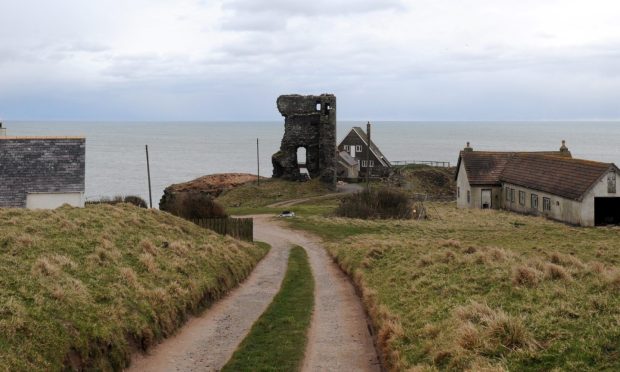
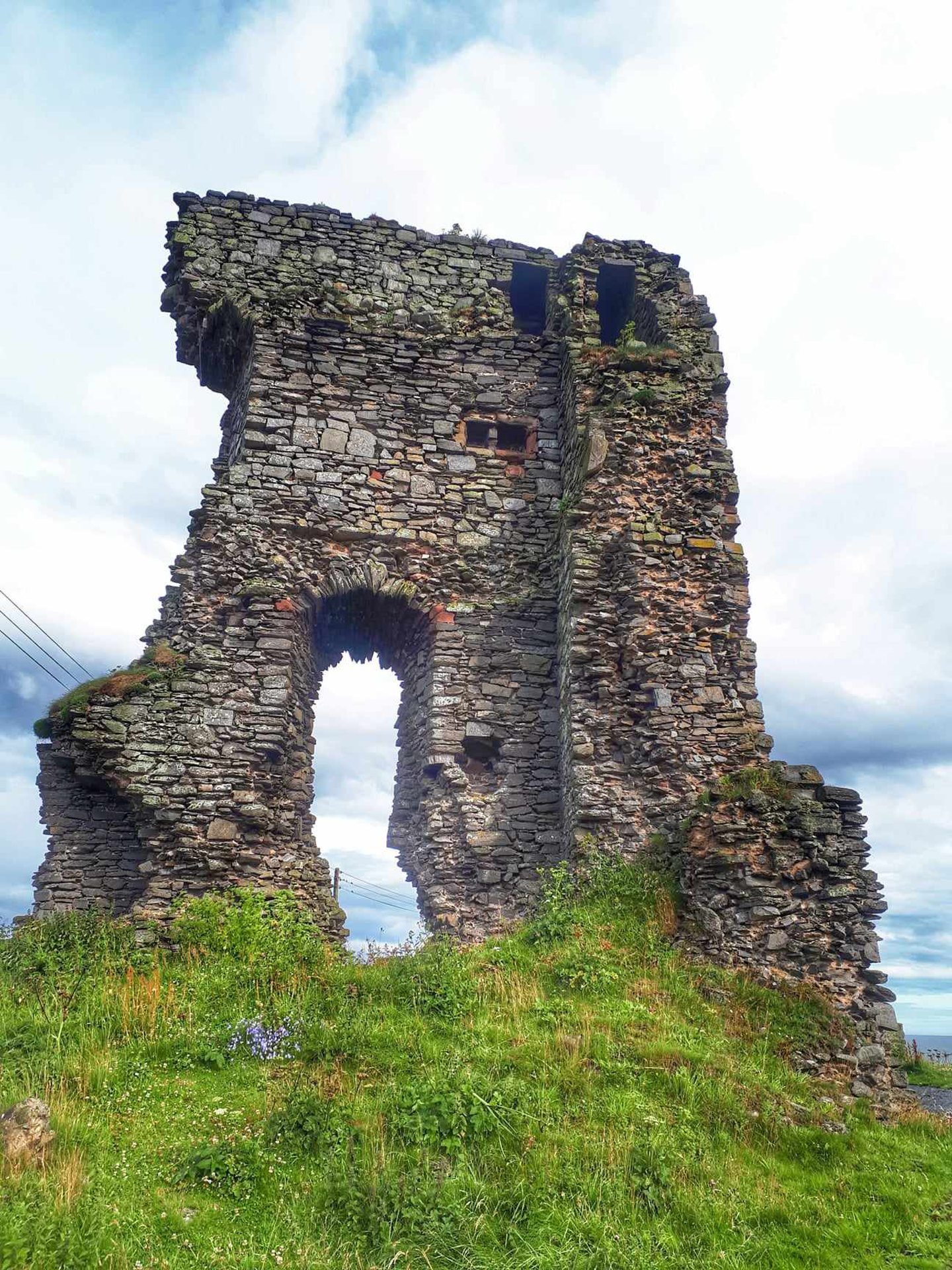
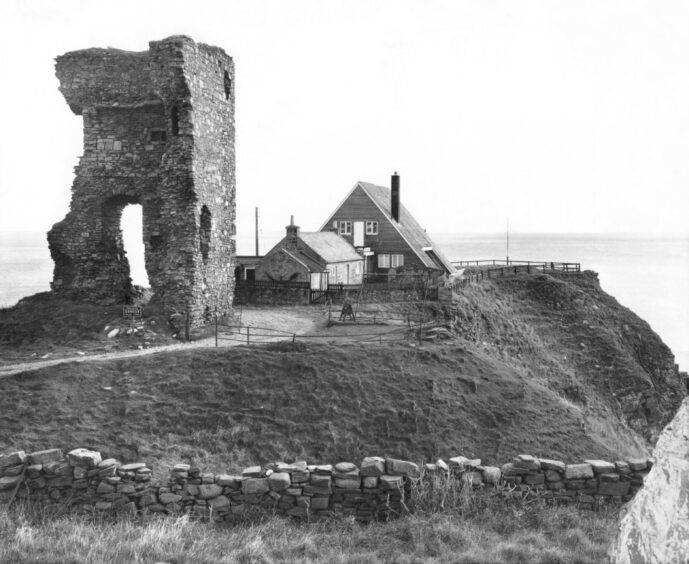
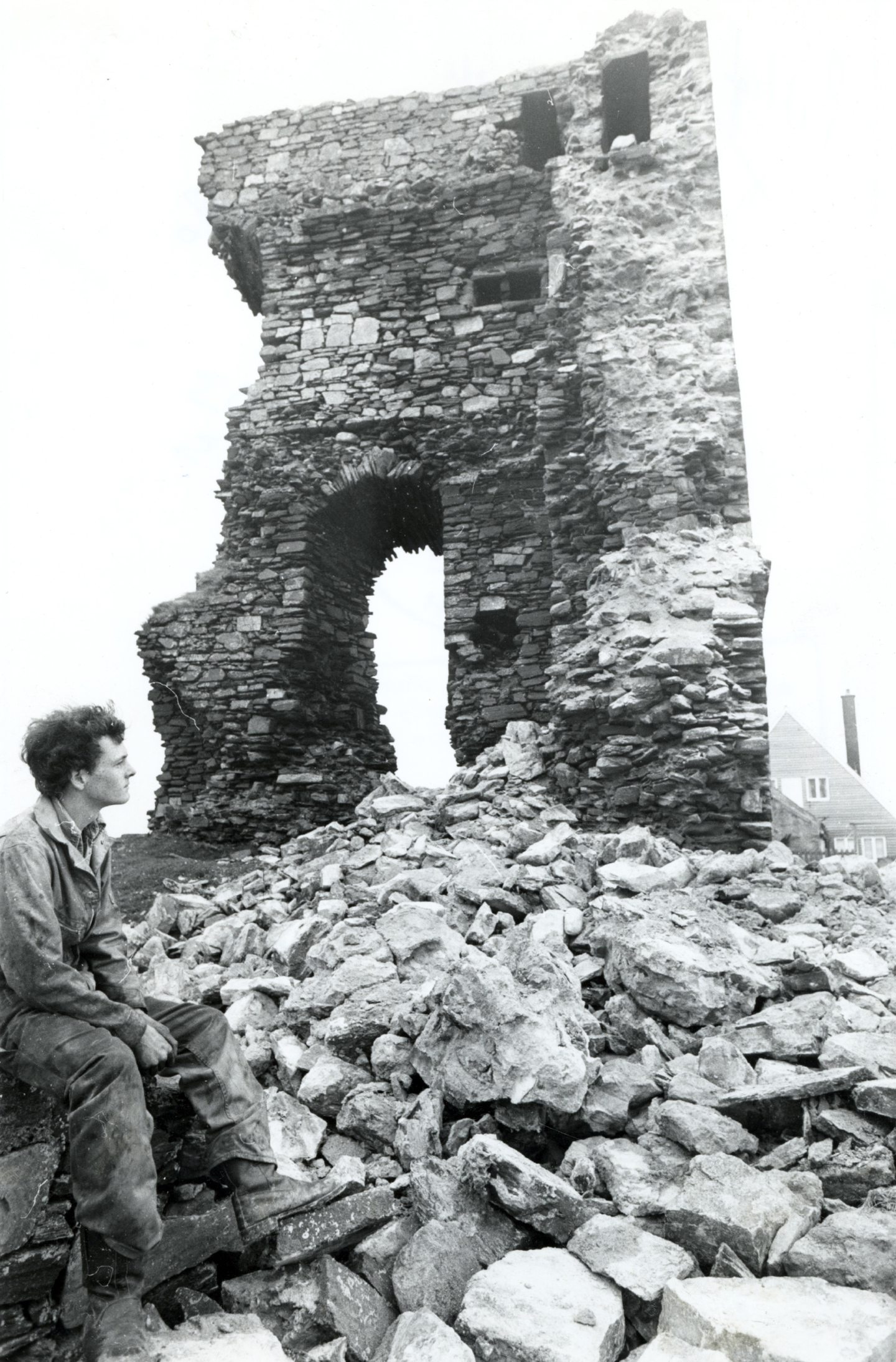
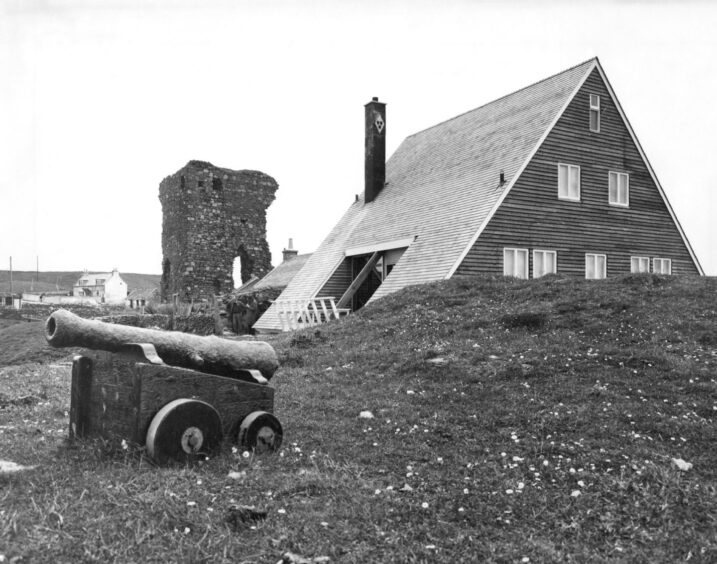
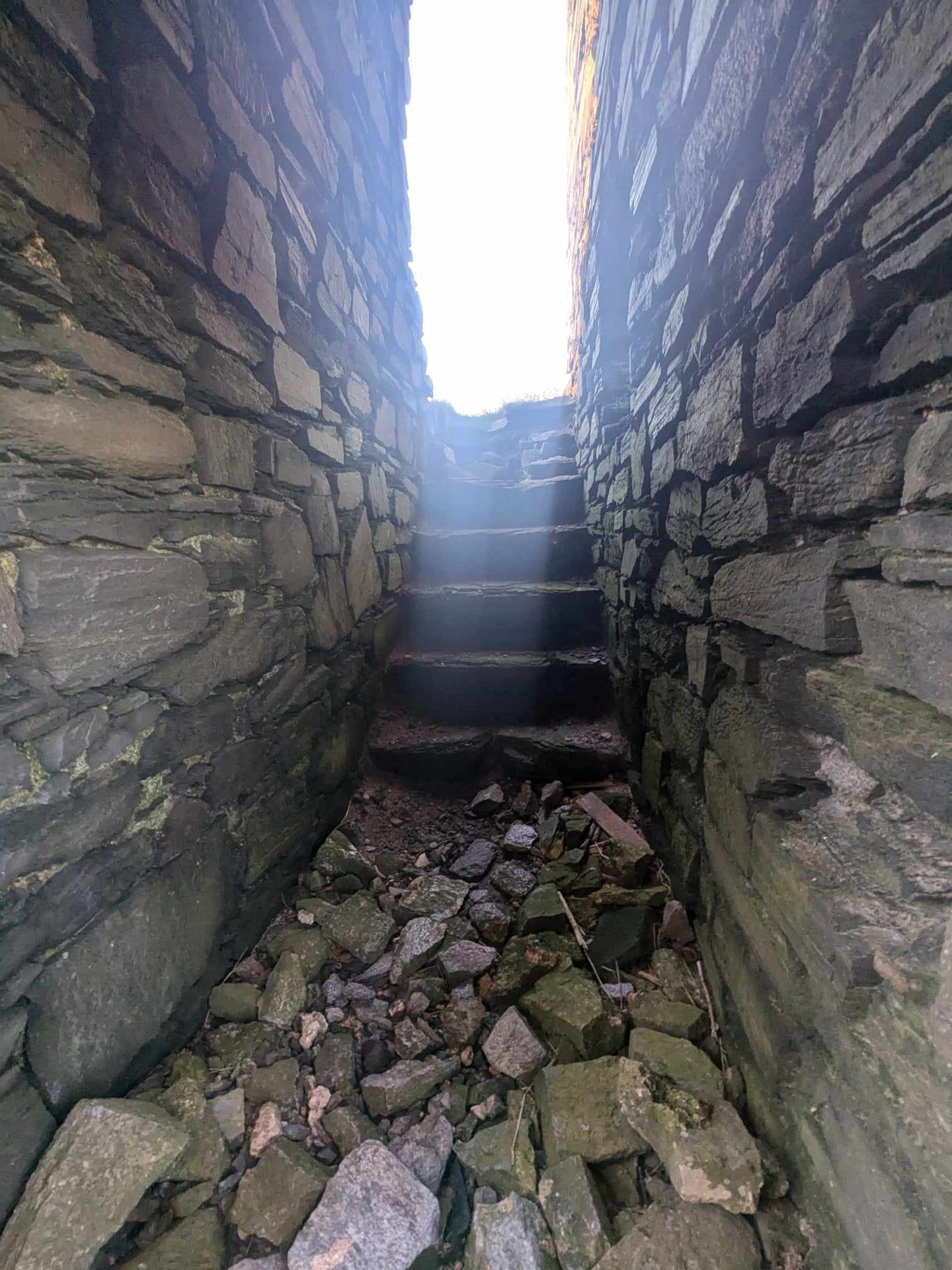
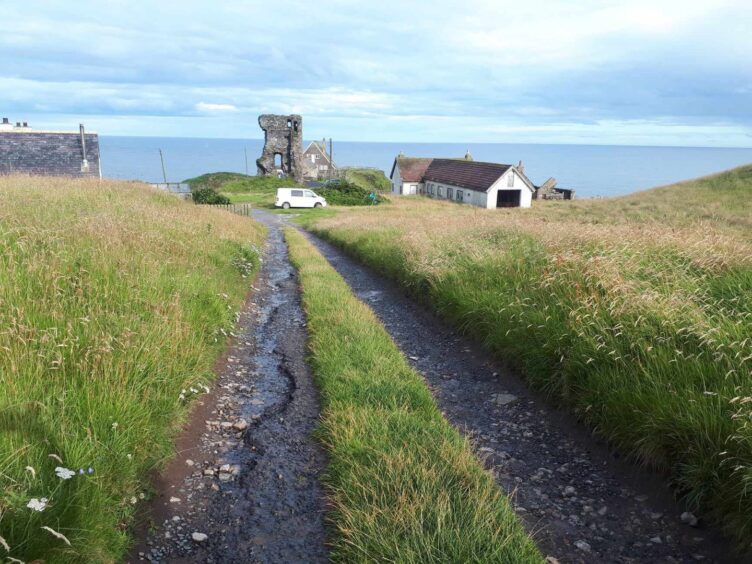
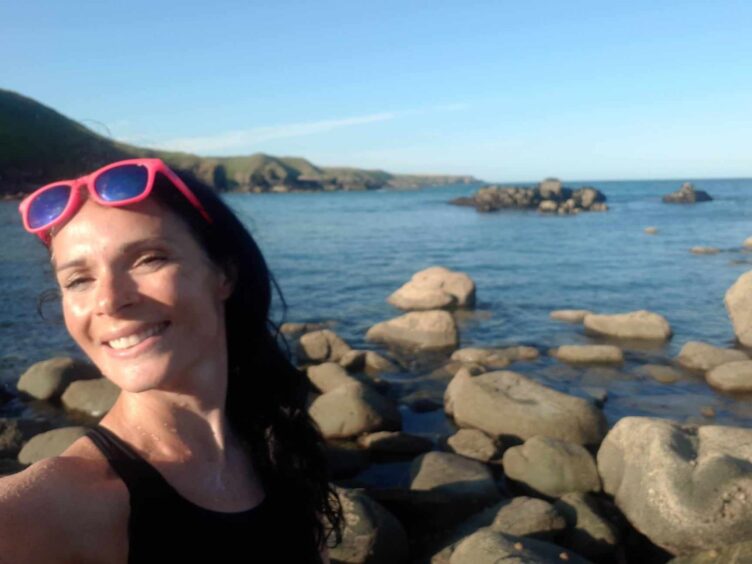

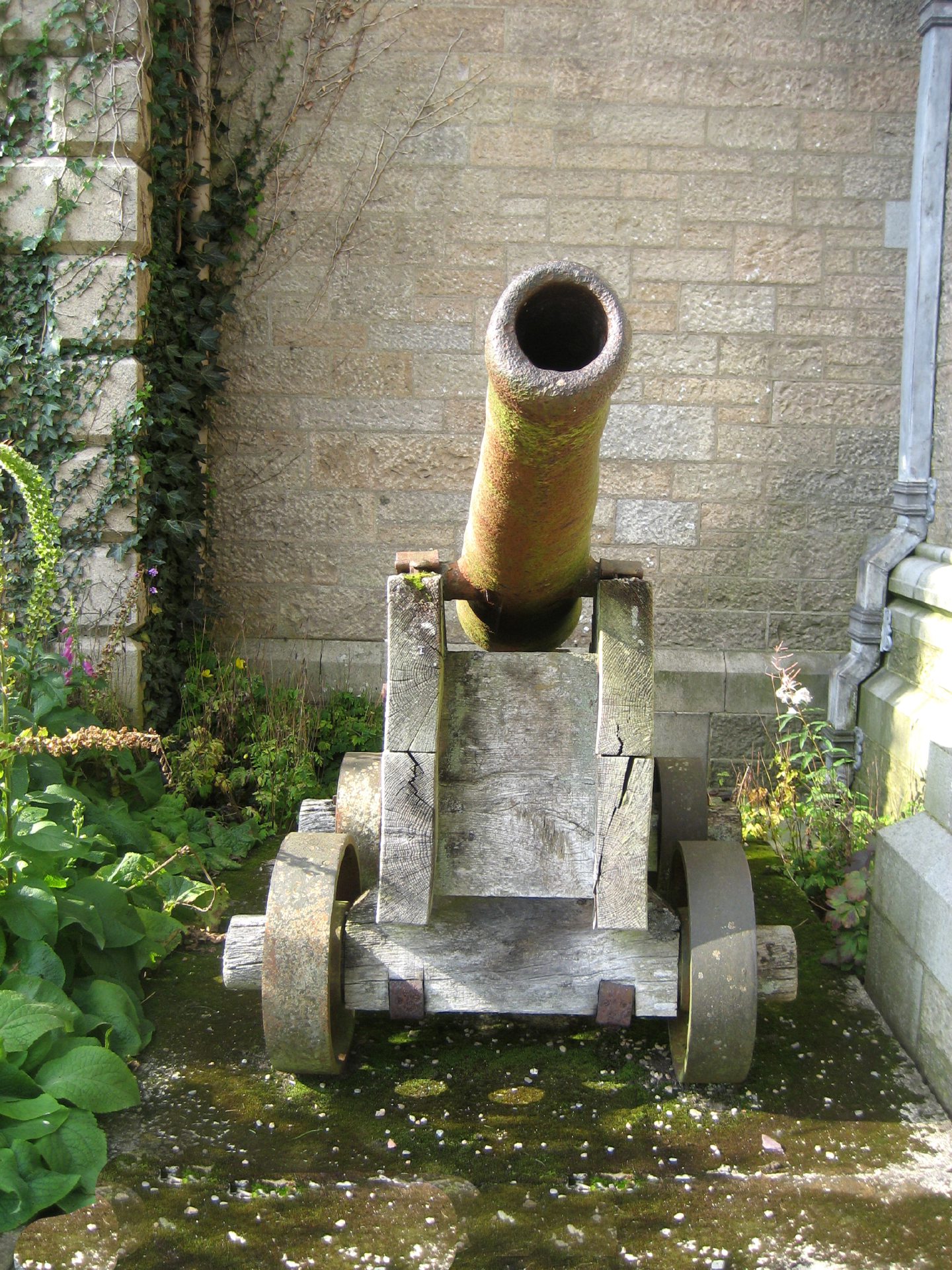
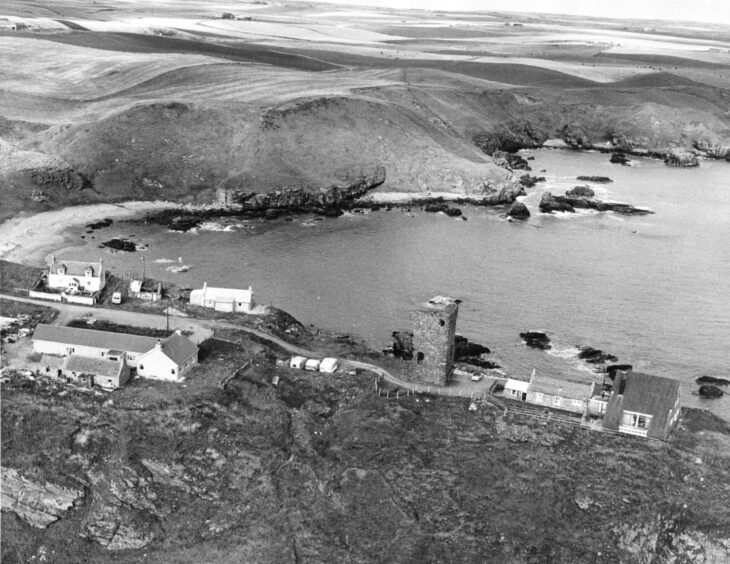
Conversation